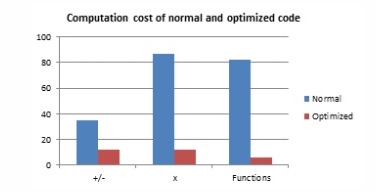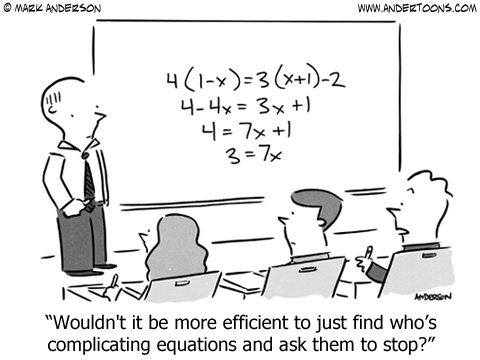Should you care about symbolic computing?
If your work involves concepts that are expressed in math, and if you want to reduce errors and routine work, then Samir Khan says, yes, you should. Khan, Product Manager at Maplesoft, was the first speaker in a webinar on May 25, 2016, titled “How Far Can Your Math Knowledge Go?”
“Symbolic computing allows you to automatically derive system equations using well-defined rules,” said Khan. “It allows you to mechanize your work with equations, such as the routine manipulations that are done in algebra.”
The traditional design process means the designer (or engineer or analyst) uses known mathematical relationships to derive equations for the system of interest, be it a circuit board or movements in the stock market. “I start out with a paper and pen and very strong cup of coffee,” he deadpanned, in reference to the manual technique.
But then, more actions must be done on the equations. The simple case might become more elaborate. Or you may want to conduct a sensitivity analysis or a parameter sweep or convert all the equations to C code. He noted, “the math becomes more difficult, requires intense human effort, and there is a great scope for errors,” which propagate further. That’s why engineers seek to automate and mechanize the math.
Khan gave an overview of the history of engineering computation, showing the development of two branches: numeric (e.g. Matlab and numerous domain-specific applications), and symbolic (e.g. Maple, Mathematica, and systems engineering).
Besides reducing labour and the incidence of error, another benefit of symbolic computation is that it can be done faster—and the code created from it, when optimized, will run faster than the manual results. Khan compared the speeds of three classes of operations, as shown in the graph below:

Since the errors are fewer and the manipulations are faster, the designer can model more sophisticated multi-domain systems. There will be faster code generation for hardware-in-the-loop (HIL) or software-in-the-loop (SIL) simulation and testing.
Khan made the existential case for symbolic computing. Following him were two speakers from an automotive design company, who described a hands-on case of how symbolic computing is used to understand the electrical load on the circuits of vehicles in the design stage.
If your work involves concepts that are expressed in math, and if you want to reduce errors and routine work, take a look at how symbolic computing can lighten the (metaphorical) load. ª
The cartoon is from Andertoons.com.
The author of this posting declares no financial interest in Maplesoft, but is long-time fan of the software.


